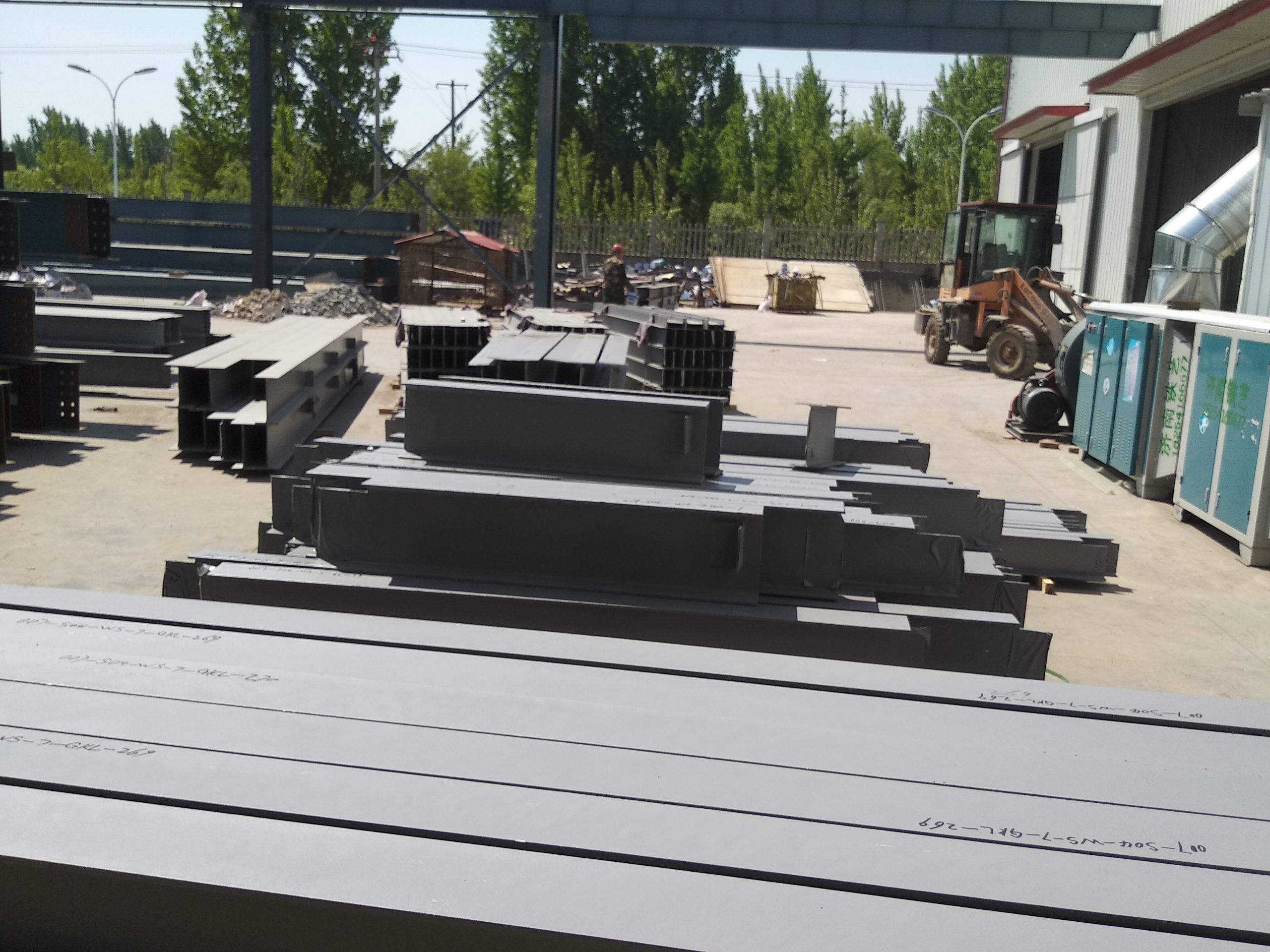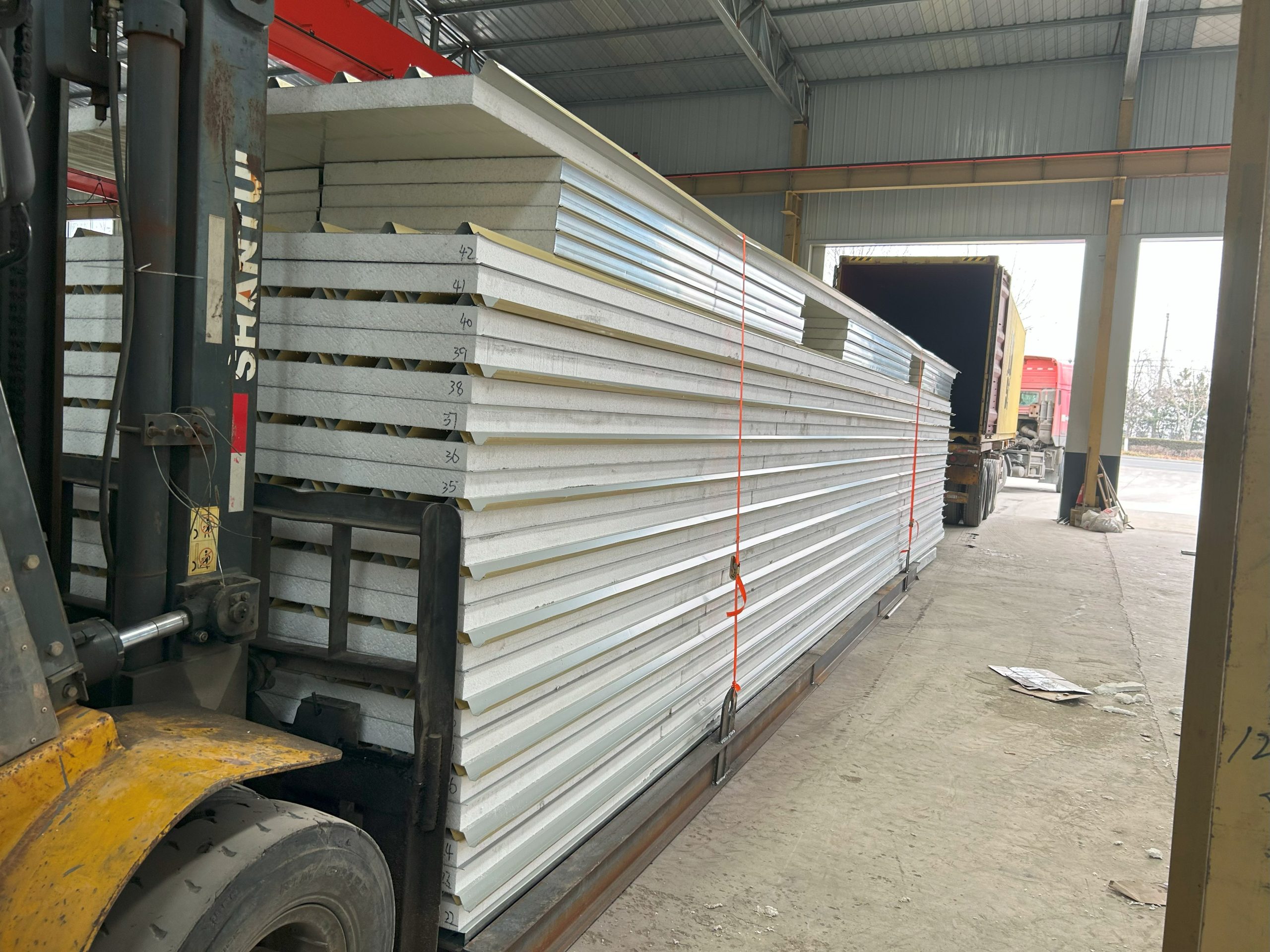Container Exhibition Hall: a platform for displaying art and culture.
Inhoudsopgave
Innovative Design Concepts in Container Exhibition Halls
Container Exhibition Halls have become a popular trend in the world of art and culture. These innovative spaces offer a unique platform for artists to showcase their work in a creative and unconventional way. By repurposing shipping containers into exhibition spaces, artists are able to create a dynamic and interactive environment that engages viewers and sparks conversation.

One of the key benefits of Container Exhibition Halls is their versatility. These modular structures can be easily transported and set up in a variety of locations, making them ideal for pop-up exhibitions and events. This flexibility allows artists to reach a wider audience and bring their work to new and unexpected places.

In addition to their portability, Container Exhibition Halls also offer a sustainable alternative to traditional gallery spaces. By repurposing shipping containers, artists are able to reduce their environmental impact and promote a message of sustainability through their work. This eco-friendly approach not only resonates with viewers but also sets a positive example for the art community as a whole.

Another advantage of Container Exhibition Halls is their ability to create a sense of intimacy and connection between the artist and the viewer. The compact size of these spaces encourages visitors to engage with the artwork up close, fostering a deeper appreciation and understanding of the creative process. This close interaction can lead to meaningful conversations and connections between artists and their audience, enriching the overall experience for everyone involved.


Furthermore, Container Exhibition Halls provide a blank canvas for artists to experiment with new ideas and push the boundaries of traditional exhibition spaces. The industrial aesthetic of the shipping containers offers a unique backdrop for artwork, allowing artists to play with concepts of contrast and juxtaposition. This unconventional setting challenges viewers to think differently about art and encourages them to explore new perspectives and interpretations.

In recent years, Container Exhibition Halls have gained popularity as a platform for showcasing emerging artists and promoting cultural diversity. These spaces provide a platform for artists from diverse backgrounds to share their stories and perspectives with a global audience. By breaking down barriers and fostering inclusivity, Container Exhibition Halls help to create a more vibrant and interconnected art community.

Overall, Container Exhibition Halls offer a fresh and innovative approach to displaying art and culture. From their versatility and sustainability to their ability to create intimate connections and promote diversity, these spaces provide a dynamic platform for artists to share their work with the world. As the art world continues to evolve, Container Exhibition Halls will undoubtedly play a key role in shaping the future of creative expression and cultural exchange.
Impact of Container Exhibition Halls on Promoting Local Art and Culture
Container Exhibition Halls have become a popular platform for showcasing art and culture in recent years. These innovative spaces offer a unique and creative way to display artwork, host events, and promote local talent. The use of repurposed shipping containers as exhibition spaces has gained traction due to their versatility, affordability, and sustainability.

One of the key impacts of Container Exhibition Halls is their ability to provide a platform for emerging artists and cultural organizations to showcase their work. These spaces offer a blank canvas for artists to experiment with new ideas and engage with audiences in a more intimate setting. By providing a platform for local talent, Container Exhibition Halls help to foster a sense of community and support the growth of the arts and culture sector.
Furthermore, Container Exhibition Halls have the potential to attract a diverse range of visitors, including art enthusiasts, tourists, and local residents. The unique design and layout of these spaces create a sense of intrigue and curiosity, drawing people in to explore and discover new works of art. This not only helps to promote local artists and cultural organizations but also contributes to the overall cultural vibrancy of a city or town.

123In addition to showcasing art, Container Exhibition Halls can also be used to host a variety of cultural events, such as workshops, performances, and lectures. These events provide opportunities for artists and cultural organizations to engage with the community, share their knowledge and skills, and create meaningful connections with audiences. By offering a space for cultural exchange and dialogue, Container Exhibition Halls play a vital role in promoting diversity, inclusivity, and creativity within a community.
Moreover, the use of repurposed shipping containers as exhibition spaces has environmental benefits as well. By recycling and reusing these containers, organizers can reduce waste and minimize their carbon footprint. This sustainable approach to exhibition design aligns with the growing trend towards eco-friendly practices in the arts and culture sector. By demonstrating a commitment to environmental stewardship, Container Exhibition Halls set a positive example for other cultural institutions and encourage a more sustainable approach to exhibition design.

Overall, Container Exhibition Halls have a significant impact on promoting local art and culture. These innovative spaces provide a platform for emerging artists and cultural organizations to showcase their work, engage with audiences, and foster a sense of community. By attracting a diverse range of visitors and hosting cultural events, Container Exhibition Halls contribute to the cultural vibrancy of a city or town. Additionally, their sustainable design and environmental benefits help to promote eco-friendly practices within the arts and culture sector. In conclusion, Container Exhibition Halls are a valuable platform for displaying art and culture, enriching communities, and promoting creativity and diversity.









